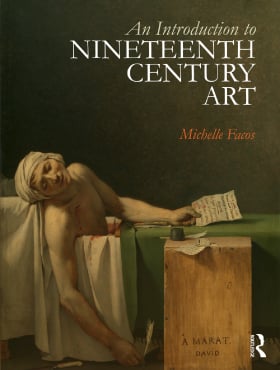Hülsenbeck Children
Documentation:
Albert Boime ferrets out deeper meanings in the Hülsenbeck Children:
“The Hülsenbeck house and garden is enclosed, hedged off and private, but this self-sustaining unit is also connected with the larger configuration of city and state. The unity of Hülsenbeck’s domestic realm is echoed by the global unity of trade and international commerce [the father’s business], and beyond by the spiritual realm of the church spires and towers. At the same time, we are brought close to the children from whose viewpoint is the cosmic whole. Their presence is highlighted not only by scale but by their cylindrical bodies and large heads, the fixity of their gaze, and the minute details of weave, button, and collar manifests a concern for children’s costume. At the end of the eighteenth century, children of bourgeois families were no longer dressed as miniature adults, but given special clothes to designate their cultural and economic role. This was in keeping with Rousseau’s view that childhood is a state that needs to be nurtured individually according to the child’s own page. Runge gave special priority to the children, assigning them high status in an environment conducive to the free expression of their abilities.”
Albert Boime, Art in an Age of Bonapartism 1800-1815 (Chicago-London: University of Chicago Press, 1990), 462.
About the Artist
Died: Hamburg, 2 December 1810
Nationality: German

 Buy the Book
Buy the Book